Category: Material and Tool Information
-
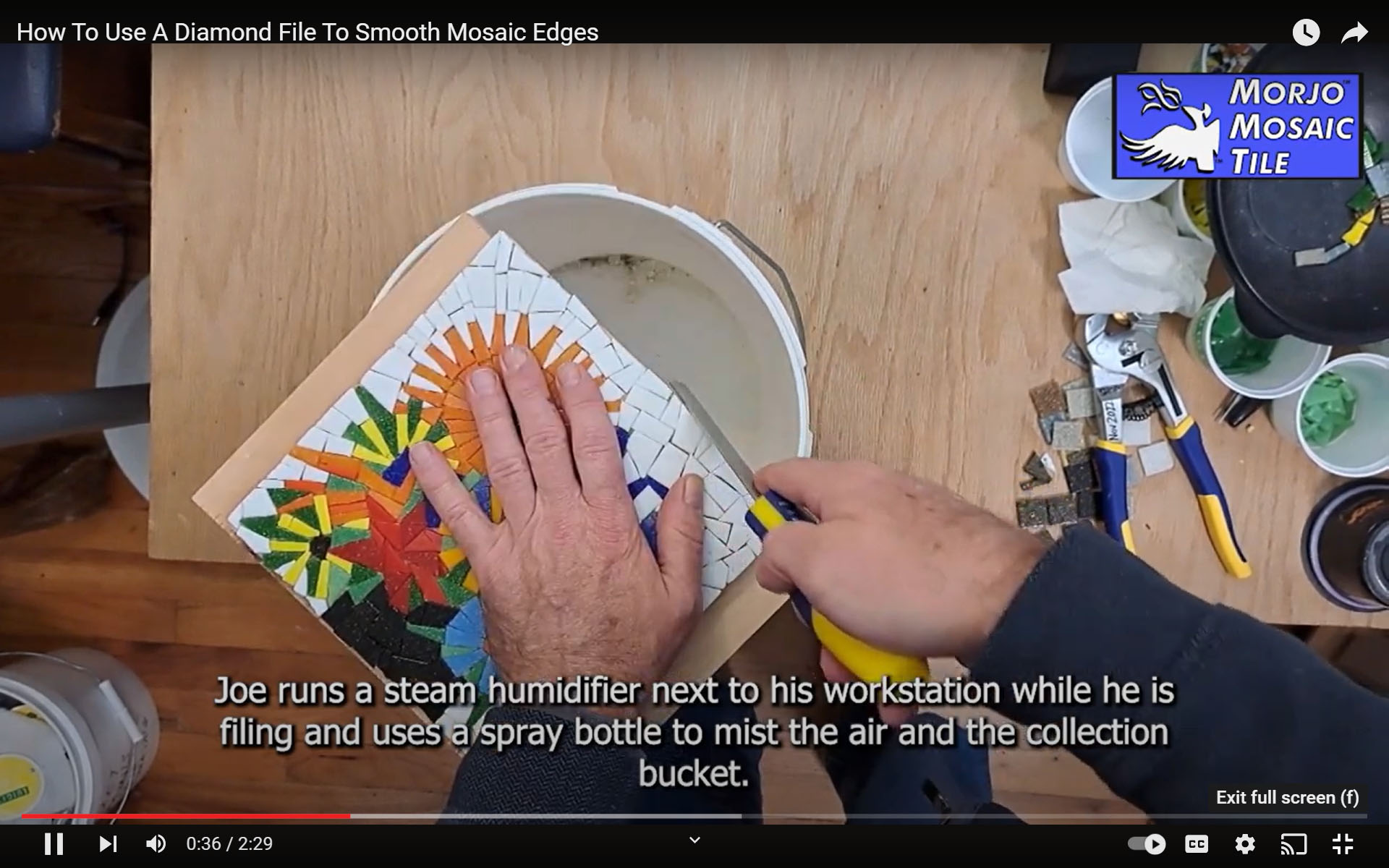
How To Mosaic Videos with Narration
MAS employee Stone Irvin is an electronica recording artist, and she has agreed to read the captions for our mosaic videos and to compose the theme music. We have published two of these narrated videos, and I am eager for your feedback. Quick Color Studies The following video shows how to make a quick color…
-
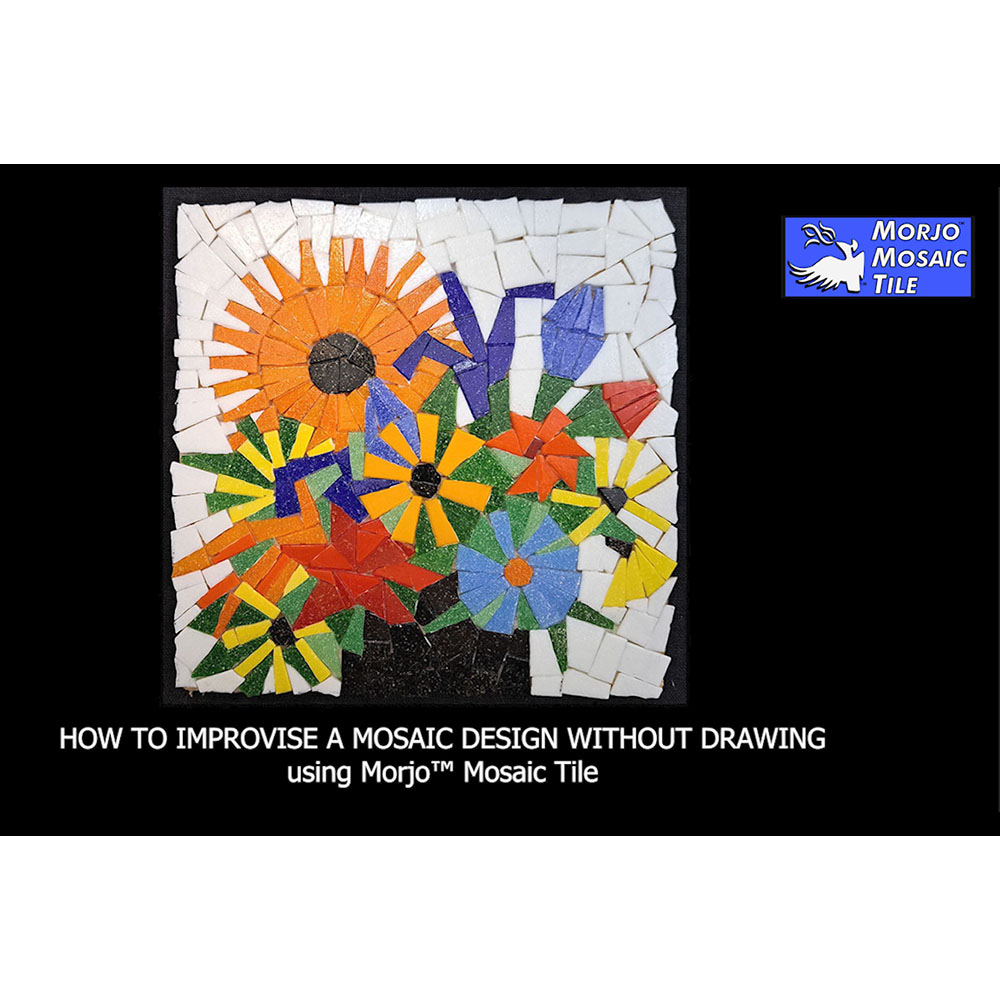
Morjo™ How to Mosaic Videos
I am producing a series of How to Mosaic Videos and have rebranded our Youtube Channel to Morjo Mosaic Tile™. I have about 30 to 40 videos currently in production and will be publishing these in the coming weeks. The mosaic video published today is: HOW TO IMPROVISE A MOSAIC DESIGN WITHOUT DRAWING Using Morjo™…
-
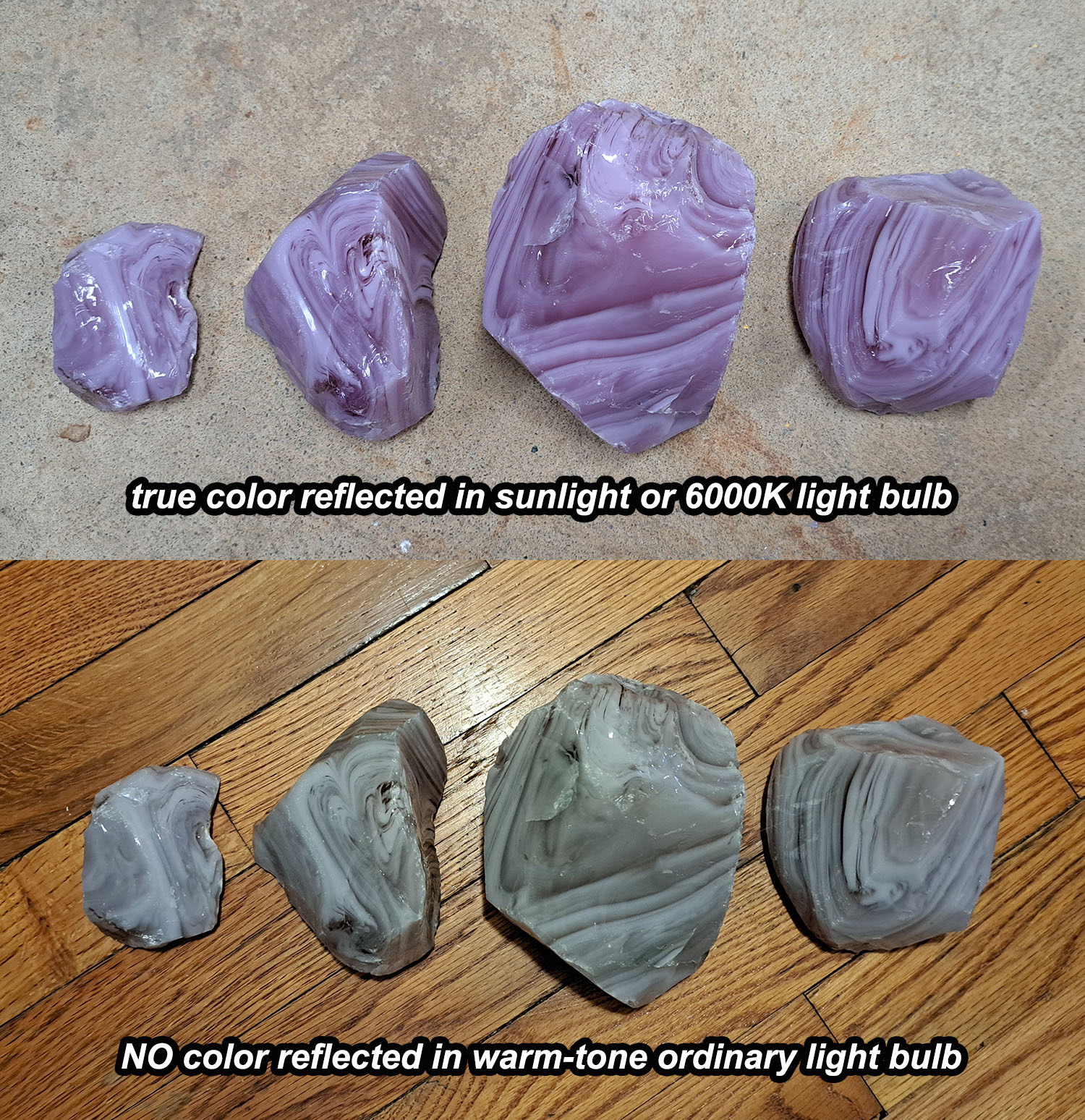
Mosaic Glass Color and Lighting
As we know from high school science, the color of an object is only the light it is reflecting while absorbing all the other frequencies (colors) that make up white sunlight. What this means is that a blue object won’t appear very blue if there isn’t much blue light to reflect, such as the warm-tone…
-

A Guide to Our American-Made Stained Glass
Our Stained Glass is proudly made in the U.S.A. by Youghiogheny Glass located in western Pennsylvania. In addition to making their own branded line of glass of different types, Youghiogheny Glass also manufacturers the Uroboros and Oceana brands, and they own the rights to other brands of glass that might be produced in the future.…
-
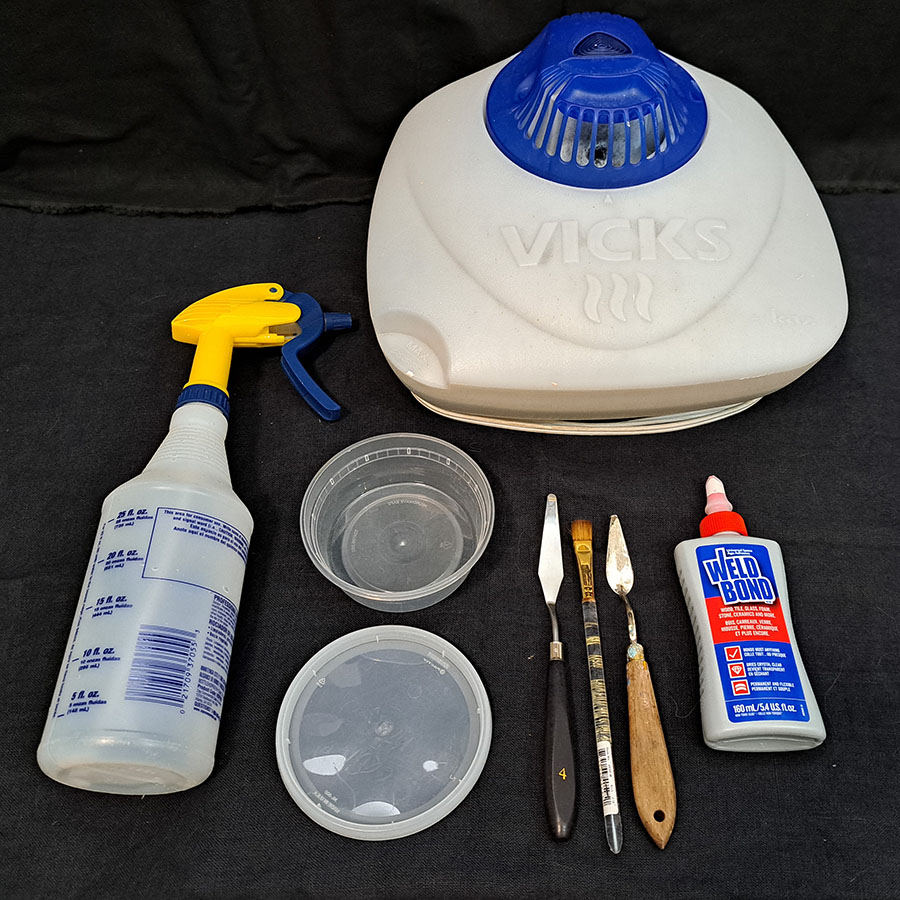
Increasing the Working Time of Mosaic Adhesives
Although it is easier to create a mosaic using a temporary surface which allows you to make edits before gluing anything, many artists prefer to work directly on the backer and glue one tile at a time. The key for making the one-at-time (direct) method work is to increase the working time of the mosaic…
-
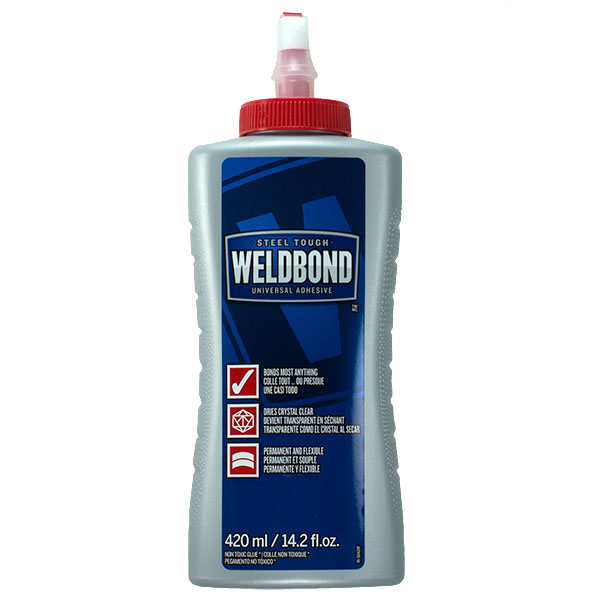
Weldbond Mosaic Tile Adhesive Outdoors?
Weldbond is a PVA (poly vinyl acetate) adhesive that is the best all-around adhesive for dry indoor mosaic projects and craft projects. It is water based, nontoxic, fume free, archival, easy to clean up, and water resistant when fully cured. Note that Weldbond is water resistant and not waterproof. There is a significant amount of…
-
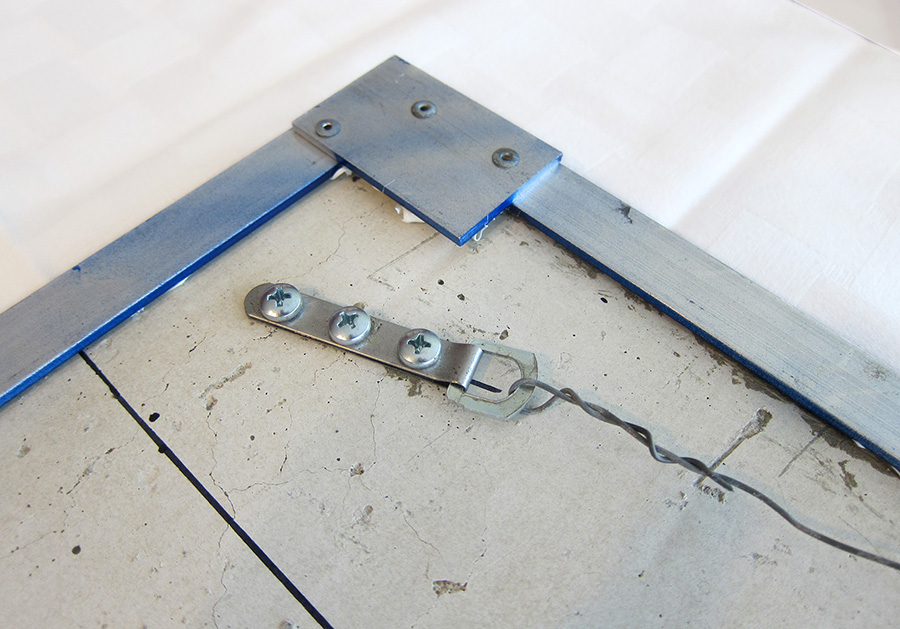
Framing and Hanging Exterior Mosaic Plaques
Artist Brad Srebnik’s mosaic street number plaque is worth taking a look at for several reasons. It has a harmonious color scheme with good warm-cool contrast, it’s tightly executed, and the numerals have crisp outlines and subtle curves in a distinct font style. If you are thinking about a project with mosaic numerals or letters…
-
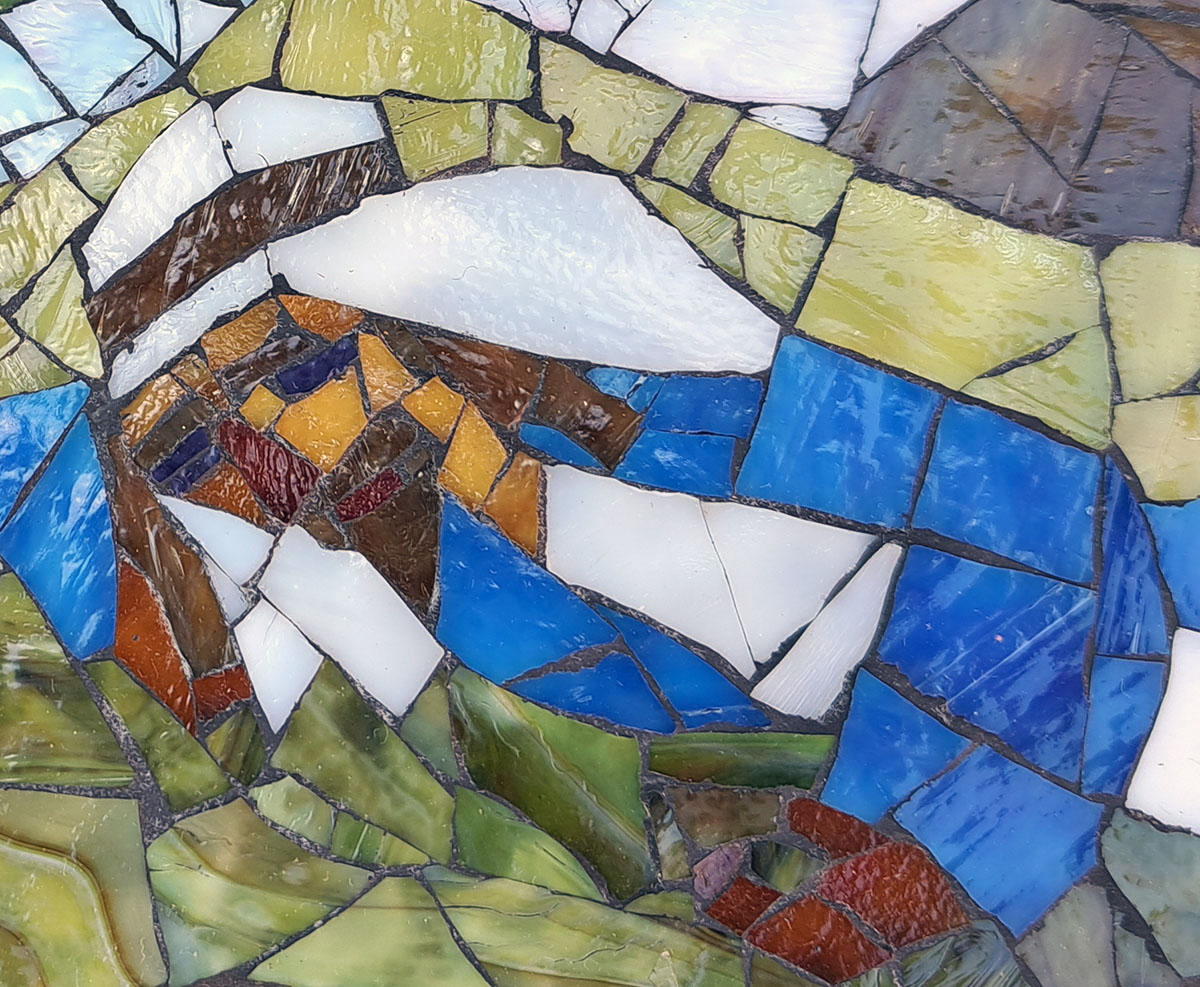
Case Study: Non-Sanded Grout for Mosaics with Incidental Gap
For better glass mosaic images, tiny incidental gaps are the way to go. Just forget about grouting and fit the glass as tightly as possible. Or better yet, cut the pieces less precisely and use the slight errors in shapes to form an incidental grout gap. I highly recommend this latter mode of working because…
-
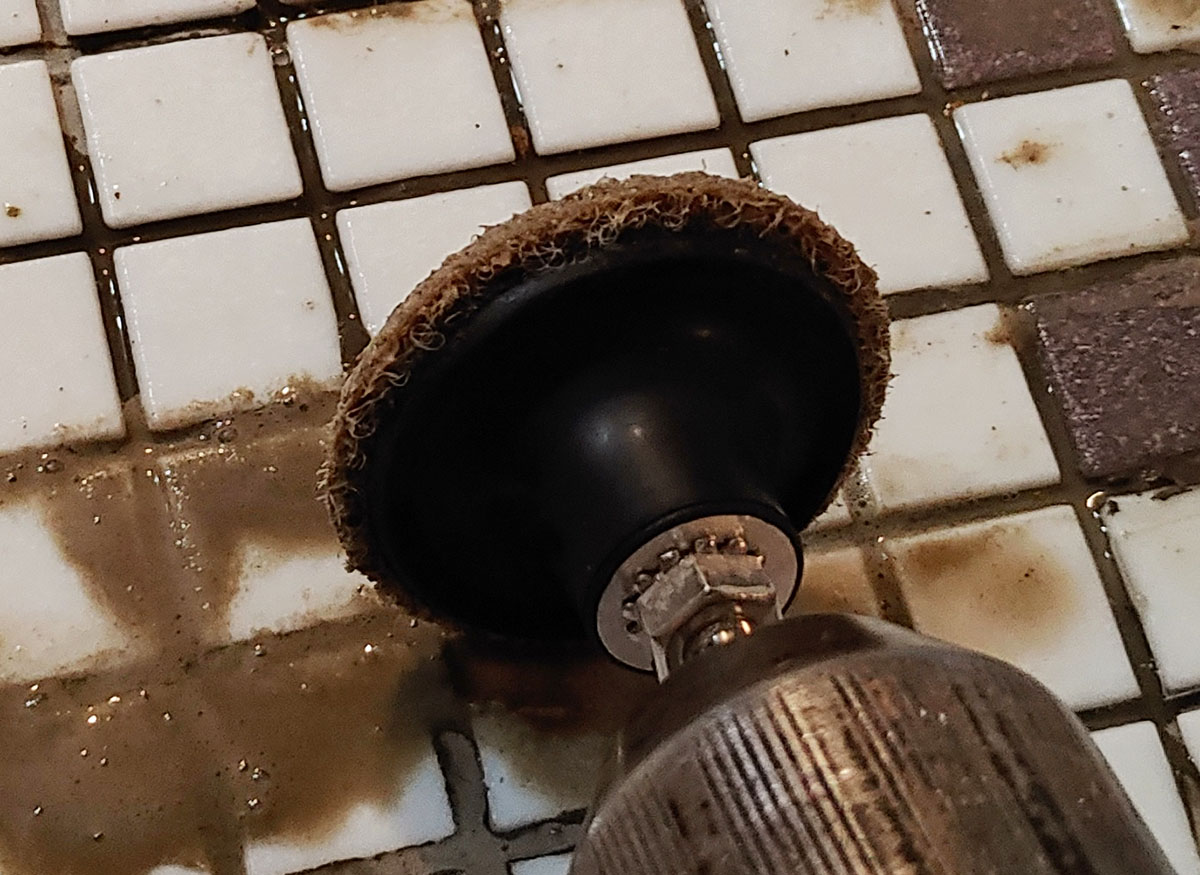
Nonstandard Method for Removing Mortar in Gaps
Natalija reminded me that she used her cordless drill with a mesh disc to remove the hardened mortar, and that cordless rechargeable tools exist. Either we didn’t have cordless rechargeable tools on my home planet, or I was having a stress-induced boomer episode yesterday. One of those two things is true, maybe both.
-
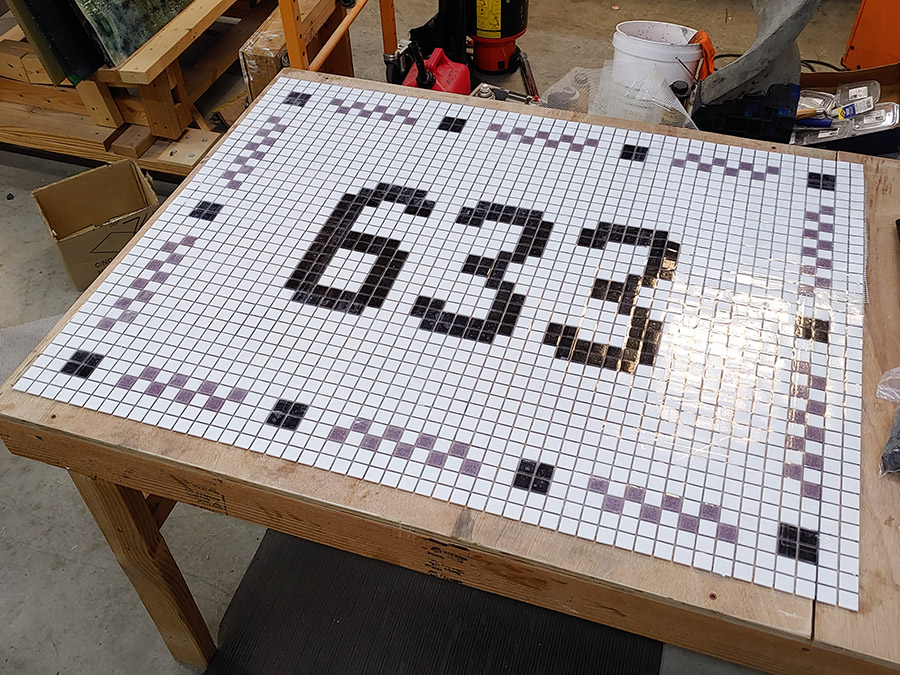
Entranceway Mosaic: How to Use Grids, Mesh, Tape, and Thinset
Natalija recently created an entranceway mosaic as one of the final projects in the renovation of her new home. She did a great job photo documenting the process step by step, including some serious mistakes/missteps, and that is why I am eager to share it. Also, the mosaic itself looks good and was well executed.
-
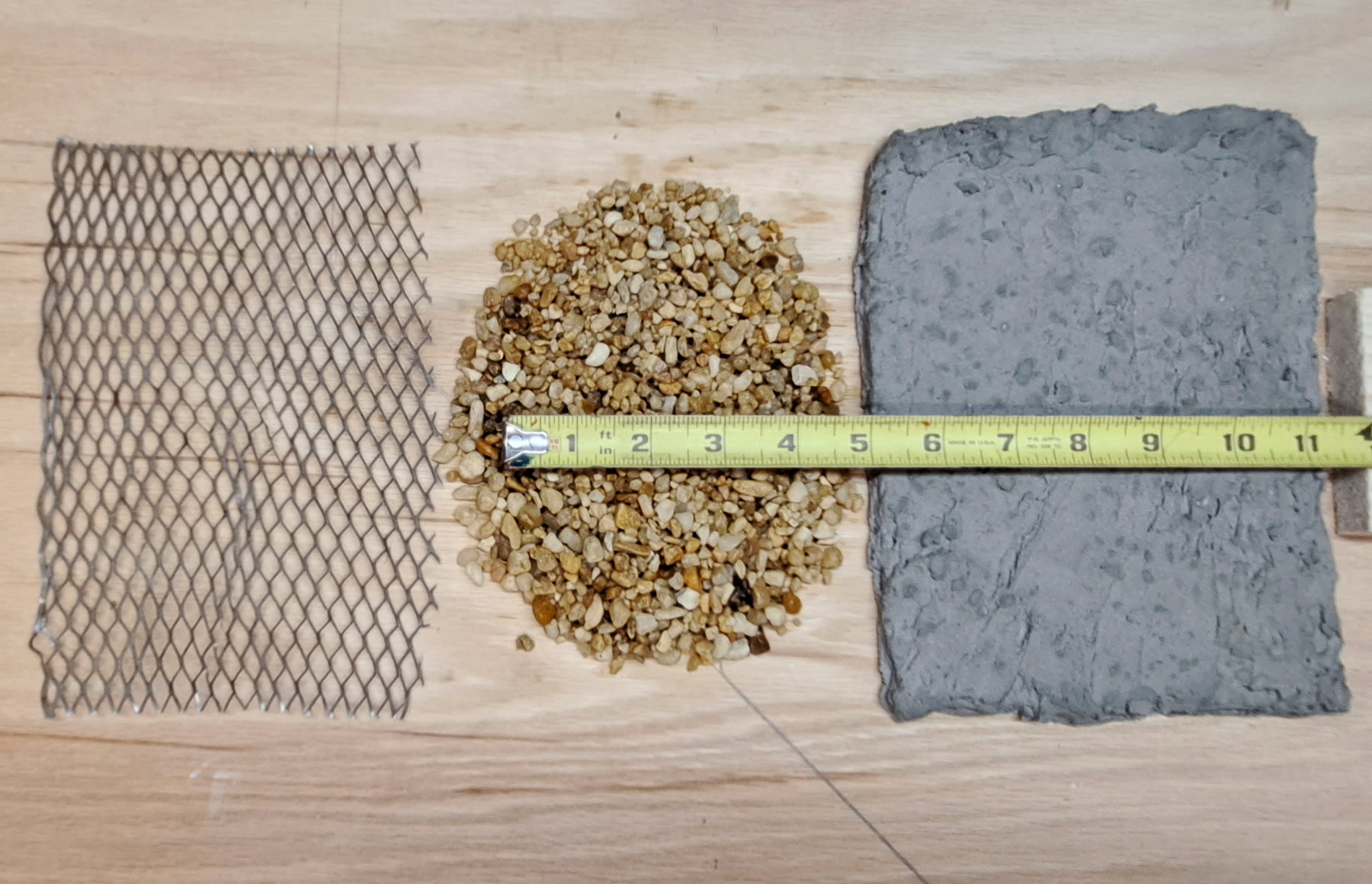
Tough Outdoor Mosaic Backer
The thinnest, toughest, most water-resistant backer I have been able to make is steel lath plastered with a “concrete” made from Versabond brand thinset mortar (or the equivalent Mapei product) and unsealed aquarium gravel. Regular pea gravel is too large for the lath, and so aquarium gravel is used instead. The aquarium gravel must be…
-
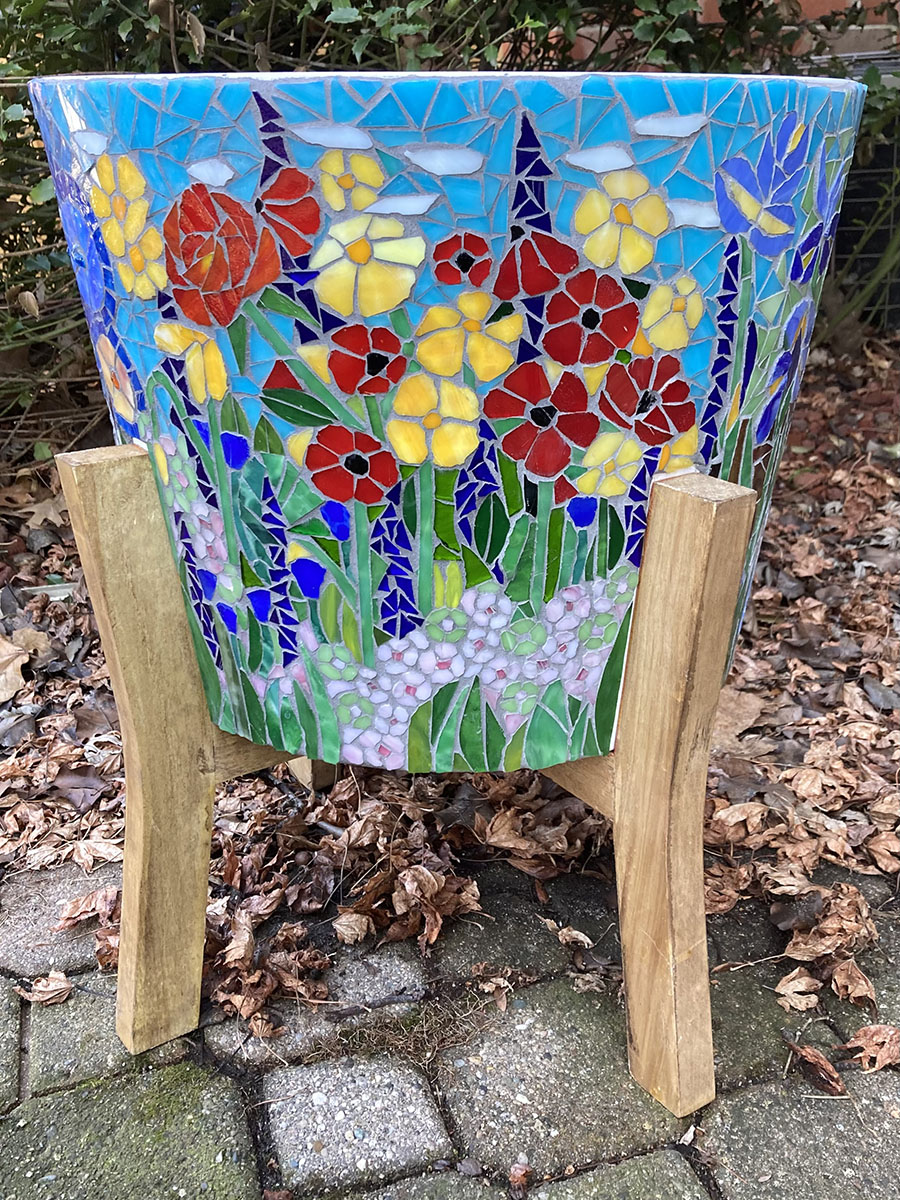
Mosaic Planter Grouted in Sections
Artist Donna Stern recently completed a round mosaic planter, which she grouted in sections. I wanted to share that work for several reasons, and not merely because it is solid work with an emphasis on primary colors with a good balance of warm and cool colors. There are several discussion points:
